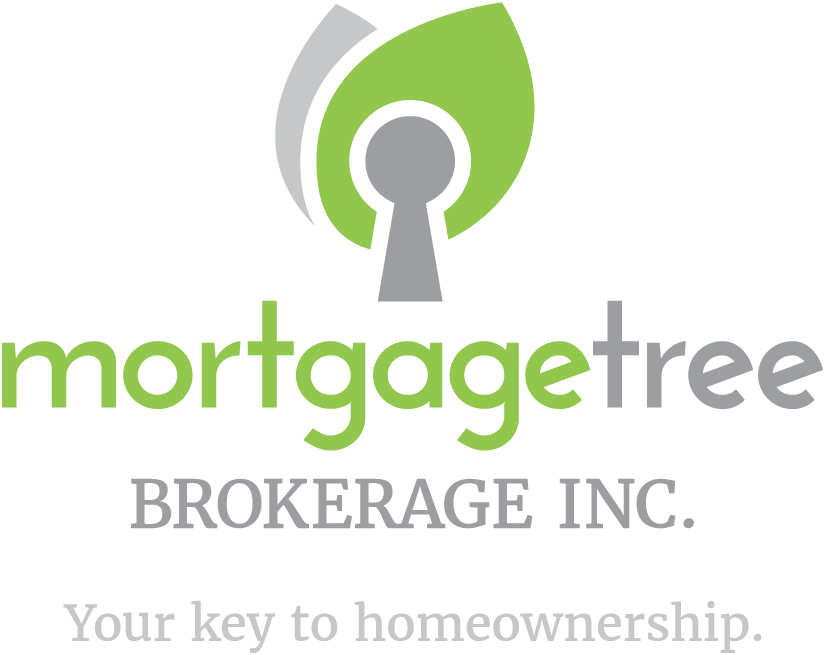
Here is our comparison of the two mortgage types and everything you need to know before deciding what type suits you best.
How Interest Rates are Determined
The mortgage interest rate is determined by the Bank of Canada’s overnight policy. This means that it fluctuates with market conditions and can change based on an underlying benchmark such as the prime rate set in Canada which varies depending upon each lender’s needs for risk management purposes. However, the overnight rate is not necessarily the only factor influencing mortgage rates in Canada. Other important factors to consider are:
- The Bank of Canada’s (BoC) target for the overnight rate
- The BoC’s benchmark qualifying rate for uninsured mortgages
- Yields on government bonds
- Lender risk appetite
Determining the mortgage interest rate is a complex process that considers many factors. The most important factor is the Bank of Canada’s (BoC) target for the overnight rate as mentioned above. The BoC’s overnight rate target is the key interest rate at which major financial institutions lend and borrow money from each other overnight. This rate influences other short-term interest rates, such as the prime rate, which is the rate that banks use to price variable-rate mortgages. The prime rate can vary from lender to lender and is usually higher than the BoC’s overnight rate target. Other important factors that influence mortgage rates are:
- Yields on government bonds: Government bond yields are closely related to mortgage rates because they are both influenced by the BoC’s overnight rate target. When the BoC raises or lowers its target overnight rate, yields on government bonds usually rise or fall in response.
- Lender risk appetite: Lenders’ risk appetite is another important factor that can influence mortgage rates. When lenders are more risk-averse, they may price their mortgage products more conservatively, which can result in higher mortgage rates.
- The BoC’s benchmark qualifying rate for uninsured mortgages: The BoC’s benchmark qualifying rate is the minimum interest rate that borrowers must meet to qualify for an uninsured mortgage. This rate is used by lenders to assess borrowers’ ability to repay their mortgage if interest rates were to rise.
The benchmark qualifying rate is currently 5.34%.
Variable Rate Mortgage
Variable-rate mortgages often have lower interest rates than fixed-rate mortgages. This means that you will save money in the long run, even if interest rates do go up.
Variable mortgages also have fewer mortgage penalties, which is a big plus for some people. Prepayment penalties on a variable rate mortgage are usually only three months’ interest.
Fixed Rate Mortgage
Fixed-rate mortgages feature an interest rate that remains constant during the period of the mortgage. You won’t have to worry about mortgage rates until your mortgage is up for renewal again if you have your mortgage rate fixed ahead of time. Fixed rates, on the other hand, are usually higher than variable rates.
Conclusion
As you can see, there are many factors that go into determining the mortgage interest rate in Canada. However, the most important factor is the Bank of Canada’s overnight rate target. Other important factors include yields on government bonds, lender risk appetite, and the BoC’s benchmark qualifying rate for uninsured mortgages. All these factors can influence mortgage rates in Canada.
The Bank of Canada will continue to closely monitor developments in the economy and assess their implications for the inflation outlook. GoC bond yields and mortgage rates are highly sensitive to changes in the economic outlook and policy rate expectations. If the outlook deteriorates, interest rates could rise more than currently expected. Alternatively, if the outlook improves, interest rates could rise less than currently expected. The Bank will adjust monetary policy as needed to achieve its inflation target.
